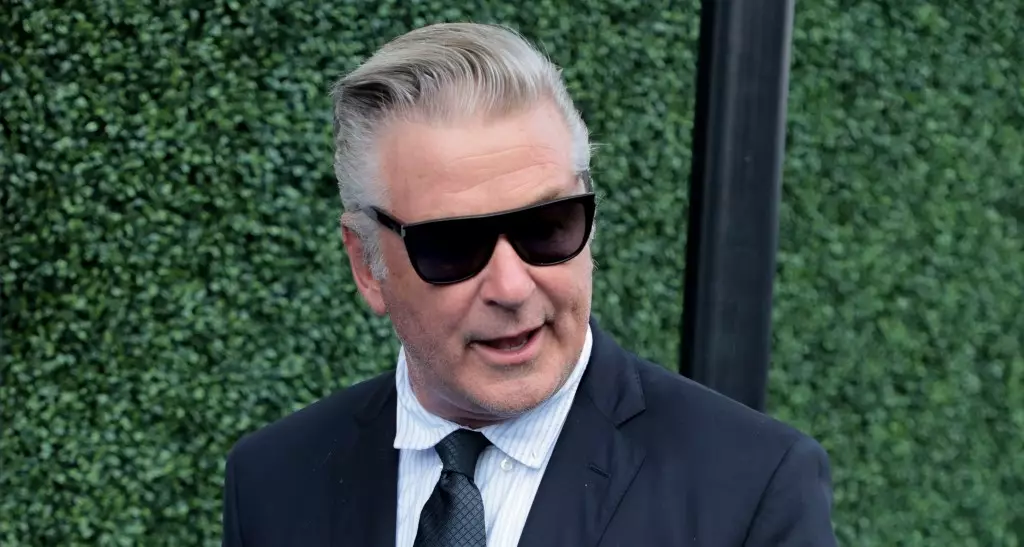The case involving Alec Baldwin and the tragic death of cinematographer Halyna Hutchins is a complex legal narrative, dripping with tension and fraught with contradictions. This incident, which unfolded on the set of the film *Rust* in October 2021, has not only brought Baldwin into the crosshairs of the law but has also raised deeper questions about accountability within the film industry, the role of prosecutors, and the interplay of personal tragedy and public scrutiny. Though Baldwin’s involuntary manslaughter charges were dismissed this past July, the echoes of this case resonate throughout the legal landscape, prompting renewed discussions on ethics and responsibilities in filmmaking.
The dismissal of Baldwin’s case by Judge Mary Marlowe Sonner was a significant moment, seemingly putting an end to the legal troubles surrounding the actor. The judge’s decision cited improprieties from the prosecution, further complicating already tumultuous circumstances. Baldwin’s legal team, led by prominent attorneys Alex Spiro and Luke Nikas, confidently argued that the prosecution’s attempts to revisit the case lacked any substantive basis. In their view, any attempt from Special Prosecutor Kari Morrissey to revive the case was not just misguided but was clouded by “willful and deliberate misconduct” on the part of the state.
This dismissive stance is striking; Baldwin’s attorneys argue from a position of moral indignation, chastising the prosecution for what they deem as serious breaches of legal conduct. Their statements provide a scathing critique of the state, highlighting what they consider a failure to adhere to the basic tenets of evidentiary disclosure. It reflects Baldwin’s desire not only for vindication but also for the preservation of his reputation amidst a highly publicized tragedy.
The conduct of the prosecution plays a pivotal role in any criminal case. In Baldwin’s situation, questions surrounding the integrity of the prosecution’s actions have become a focal point of discussion. Declarations that Morrissey has engaged in misconduct, such as allegedly suppressing evidence or providing misleading information, serve to paint a portrait of a legal system that may not be functioning optimally. This dynamic is further exacerbated by Morrissey’s efforts to reopen the case, despite resistance and mockery from Judge Sonner—the implications of which raise concerns about the motivations behind the prosecution’s actions.
Sonner’s dismissal of Morrissey’s lengthy filings as “too long” introduces a layer of irony: what should be a straightforward legal process has devolved into a contentious battle between prosecution and defense. The judge’s quips about the prosecution further suggest a lack of confidence in their approach, hinting at broader systemic issues in the handling of this high-profile case.
At its core, this legal saga transcends Baldwin’s personal struggles; it intertwines deeply with the themes of accountability and safety in the film industry. The incident that led to Hutchins’ tragic death was avoidable, igniting widespread discussions on set safety protocols regarding weapon handling. Baldwin’s defense centers around the claim that he did not pull the trigger—a position contested by forensic analyses and testimony from experts. This controversy invites scrutiny not just on Baldwin’s actions, but on the overarching culture of safety on film sets, where the stakes can be extraordinarily high.
Furthermore, Baldwin’s situation has implications for others involved in the production, particularly Hannah Gutierrez-Reed, the film’s armorer. Her own legal troubles, culminating in a separate conviction for involuntary manslaughter, foster a chilling atmosphere for industry professionals navigating the intersection of art and safety. The outcomes of these cases could set significant precedents for future productions, influencing how studios approach risk management and legal responsibilities.
As it stands, Alec Baldwin’s legal battles continue to serve as a flashpoint for discussions about accountability, both personal and institutional. The intertwining of entertainment, law, and ethics creates a cautionary tale filled with complex lessons. Baldwin’s insistence on his innocence and the scrutiny faced by the prosecution encapsulate a narrative that is far from over. As Baldwin strives to distance himself from this haunting chapter, the ongoing implications on the film industry command attention, reflecting a pressing need for reform in safety standards and legal oversight in film production. This case resonates beyond the courtroom, urging us to consider the delicate balance of artistry and responsibility in an industry marred by tragedy.


Leave a Reply